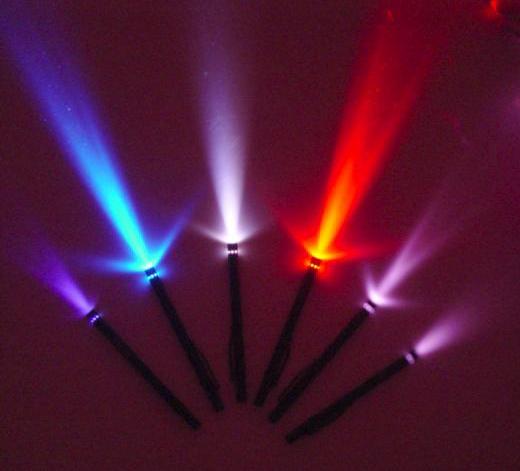Most LED manufacturers were displaying UV or IR LED related applications at SPIE Photonics West, and many of these new applications covered LED chips, dies, package and other products.
The photonics show organized by SPIE kicked off in early February this year at Moscone Center, San Francisco, California, U.S.
SPIE Photonics West is an important show that highlights optoelectronics related technologies, and there were also UV/ IR LED related products. UV/IR LED products have high technology entry levels, requires advanced R&D, and has dispersed client applications. Following technology improvements and declining prices, conventional UV/IR light sources could be replaced by LEDs, while application scopes have also been expanded. For instance, UV LED applications have gradually shifted from identifying counterfeited bills, curing, trapping insects to printing. Advanced technology developments have pushed UV LED applications to sterilization and other applications. IR LED applications have also expanded from remote controllers, wireless mouse, telecommunication modules to smartphones, automotive, surveillance, biomedicine, and other potential applications.
 |
|
Different colored LED lights. (Photo Courtesy of PIDA) |
Japanese and U.S. manufacturers launch high entry level UVC products
Less than 20 LED manufacturers have invested in UV LED chip and die development. Representative companies include Nichia, Seoul Viosys, SemiLEDs, LG Innotek, Nitride Semiconductors, Dowa, Crystal IS, Sensor Electronic Technology and other leading manufacturers. Many of these manufacturers have been focused on GaN/InGaN technology, and are now extending into AlGaN UV LED field. The technology barrier is much higher for UVC LED (wavelength 200-280 nm), compared to UVA (wavelength 315-380 nm), which also has higher package thermal dissipation capacity demands. This is partly because conventional silicon glue used in the packaging process cannot be applied in UV LED chips with wavelengths below 360 nm, hence leading UVC LED manufacturers tend to be Japanese or U.S. companies. These companies tend to ship UV LED package and modules instead of LED chips. Taiwanese LED manufacturers are still primarily focused on UVA LED chip products, while package manufacturers have limited UV LED chip resources. Hence, there is still much room for improvement.
Conclusion
As LED market steadily develops, large international manufacturers have started to develop invisible light spectrum products, especially in UV or IR applications to maintain market advantages. Taiwan’s LED manufacturers currently have certain advantages in IR LED, but are still working on UV LED applications. UV market developments will depend on industry options or policy support, however, China’s rise and intensifying market competition will impact Taiwanese LED manufacturers’ strategy in Europe and U.S. As for niche market developments, there are still many potential applications for visible light spectrum products.












